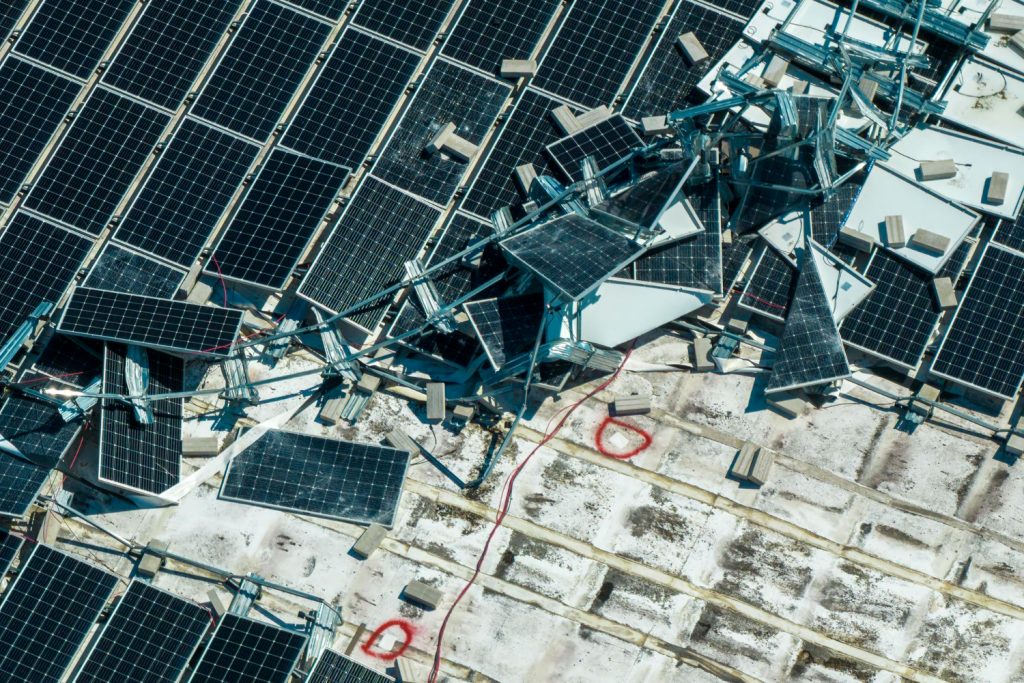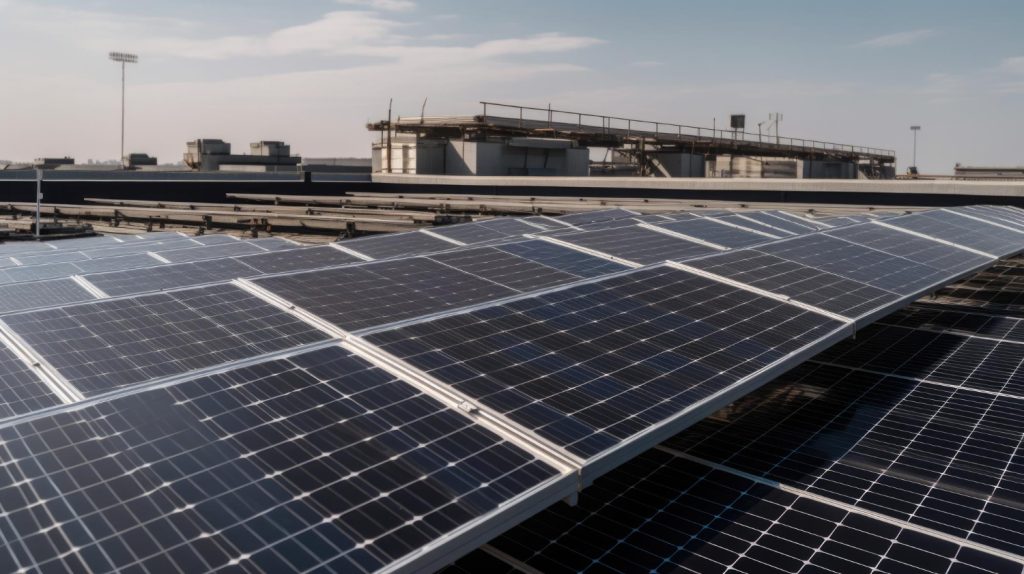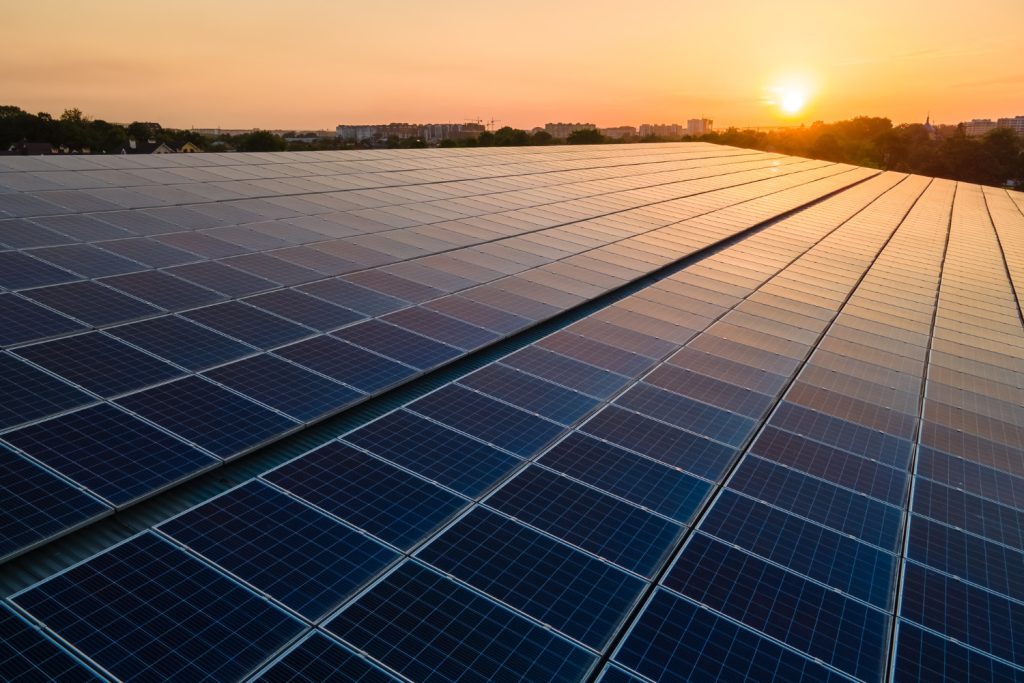Innovation of Perovskite Solar Cells
In the ever-evolving world of solar technology, perovskite solar cells represent one of the most exciting innovations. Named after a class of minerals with a similar crystal structure, these solar cells are making waves for their high efficiency, low production costs, and versatile applications. At Redington Solar, we’re thrilled about the potential of perovskite solar cells to transform the renewable energy landscape. Here’s an in-depth look at this groundbreaking technology and why it’s capturing the attention of scientists and industry leaders alike. What Are Perovskite Solar Cells? Perovskite solar cells are a type of photovoltaic technology that use a perovskite-structured compound as the light-absorbing material. This material typically consists of a hybrid organic-inorganic lead or tin halide-based compound. Named after the mineral perovskite, these cells have demonstrated remarkable efficiency in converting sunlight into electricity, often rivaling or even surpassing traditional silicon-based solar cells. Key Advantages of Perovskite Solar Cells High Efficiency The most attractive aspect of perovskite cells is that they have high efficiency. Since their emergence, such cells have demonstrated constant efficiency growth and have exceeded 25% in terms of laboratory indicators. This is as good as, and in some instances even better than, the traditional silicon-based photovoltaic solar panels. This is because the perovskite material used in their solar cells has better light absorption capability and the cells can harvest more sunlight than the silicon-based ones. Low Production Costs Perovskite cells are more advantageous in production costs compared to other types of solar cells. In contrast to silicon solar panels, the formation of perovskite cells does not involve high-temperature processing and the use of expensive materials, but solution-based methods. This not only lowers the cost of production but also allows for the creation of flexible and lightweight solar panels that can be implemented in a wide range of uses. Versatility and Flexibility The fabrication process of perovskite cells is more suitable for flexibility and variety in their use. They can be deposited onto any substrate, from flexible and transparent ones to some more complex ones, such as solar windows and wearable solar technology. This flexibility means that new opportunities for using solar energy in objects and surfaces of everyday life appear. Easy Manufacturing Process The methods employed in the processing of perovskite cells are relatively easier and less energy-consuming as compared to the methods used in silicon solar cells. This ease of manufacturing not only reduces manufacturing costs but also accelerates the process of creating and implementing new solar technologies. Challenges and Considerations Despite their promising advantages, perovskite cells face several challenges: 1. Stability and Longevity One of the primary concerns with perovskite cells is their long-term stability. The materials used in these cells are sensitive to moisture, heat, and UV radiation, which can degrade their performance over time. Researchers are actively working on improving the stability of perovskite materials and developing more durable encapsulation techniques to address this issue. 2. Environmental and Health Concerns Many perovskite cells use lead as a component, which raises environmental and health concerns. Efforts are underway to develop lead-free alternatives and improve the recycling processes for perovskite materials to mitigate these risks. 3. Scale-Up and Commercialization Scaling up the production of cells from the laboratory to commercial manufacturing is a significant challenge. Ensuring consistent quality and performance at a large scale requires overcoming various technical and economic hurdles. The Future of Perovskite Solar Cells The future of perovskite looks bright as ongoing research continues to address current challenges. Innovations in material science, manufacturing techniques, and environmental management are expected to further enhance the efficiency and durability of these cells. At Redington Solar, we are excited about the potential of perovskite technology to revolutionize the solar industry. By embracing and investing in these advanced solar solutions, we can drive the transition to a more sustainable and energy-efficient future. The innovation of perovskite solar cells is a testament to the remarkable progress in renewable energy technology, offering a glimpse into a future where solar power is more accessible, efficient, and versatile than ever before.














